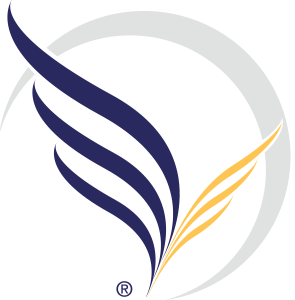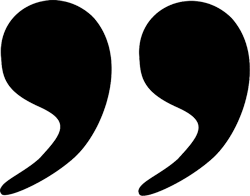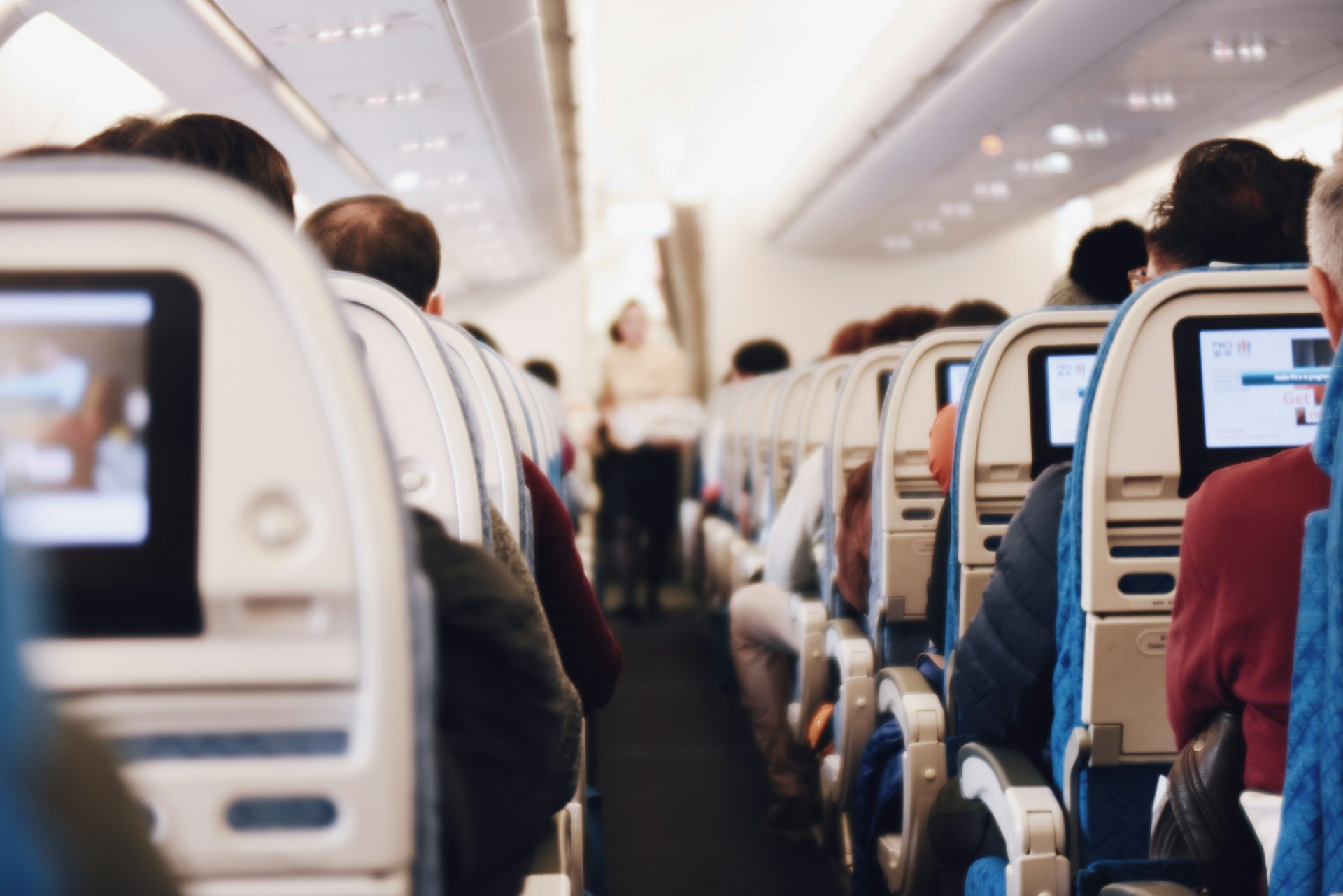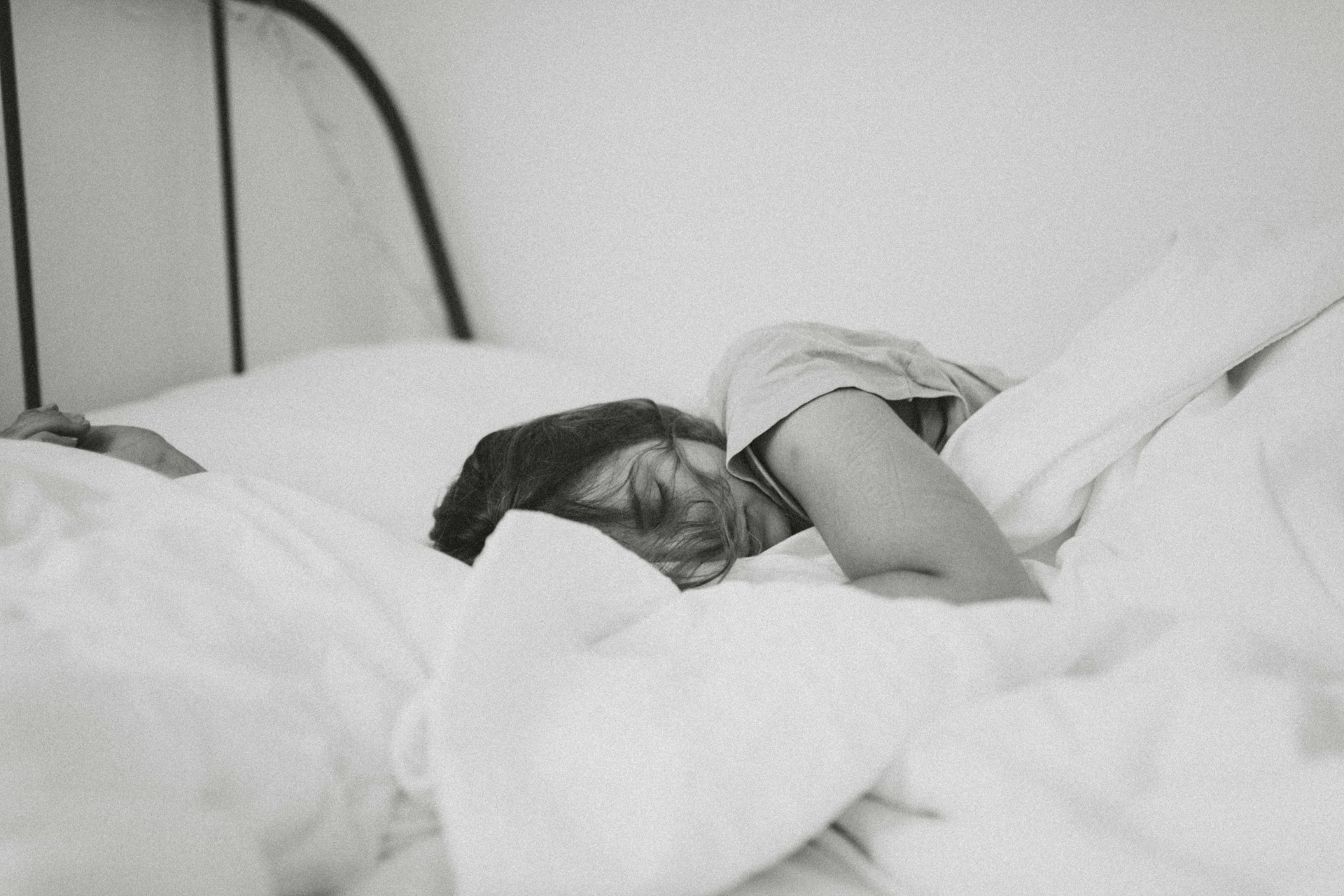Are you ever awakened from a good night’s sleep with leg cramps?
You know how painful the leg cramps are. You have to get out of bed to stretch out your muscles to get them to relax. The next morning your calf feels like you ran a marathon. There are a number of reasons for cramps including fatigue, dehydration, electrolyte (Potassium) imbalance, medications, and circulation problems of the arteries or veins.
Muscles go through a natural process of contraction and relaxation as we use them in our daily activities. If a muscle contracts and does not relax, it becomes a cramp. Everyone has an occasional night cramp which is not associated with a serious underlying condition. If you have more frequent and severe muscle cramps this is a concern and it is advisable to see your physician.
Leg Cramps With Exercise
Cramps that occur with exercise are more likely to be associated with a more serious condition. If your muscles cramp with walking for a short time and recover with rest this may indicate arterial disease. Minimally invasive testing is available to detect arterial blockages. Exercise, smoking cessation and arterial reconstruction may be necessary for this condition known as arterial claudication.
Night leg cramps are one of the common symptoms of vein disease. Vein related cramps may have more than one causative factor. Understanding of the venous circulation and the changes that occur with vein disease sheds light on this problem.
Healthy veins collect the blood from the cells where oxygen and nutrients are extracted and carbon dioxide and waste products collected. The venous blood which is low in oxygen and high in waste products is returned to the heart and lungs and vital organs via the veins where it is replenished with oxygen and nutrients.
Healthy circulation relies on walking with pressure of the foot on the floor (foot pump) and contraction of the calf muscle (calf pump) to pump the blood up the veins. As the blood is propelled up the veins, one way check valves open and close directing blood up the leg veins and preventing it from falling back down. If the check valves are broken the venous blood refluxes back down the veins. This pooling of venous blood is a source of the symptoms of vein disease including leg cramps.
It is possible to suffer with venous reflux and leg cramps and have no noticeable varicose veins or spider veins. The symptoms of venous disease range from subtle to obvious—leg cramps, leg swelling, tired, achy legs, skin changes in color and texture, superficial blood clots (SVT), bleeding varicose veins, leg ulcers to bulging and spider veins. It is no wonder that vein disease is under diagnosed and under treated.
The bottom line is, if you have night cramps you may have undiagnosed vein disease with reflux. The diagnosis is made by seeing a phlebologist or a physician who specializes in the diagnosis and treatment of vein disease. A simple and non-invasive duplex ultrasound can detect reflux.
The treatment of vein disease can be controlled with exercise, elevation of your legs, healthy weight management, and wearing medical grade graduated compression hose. Though these measures may help with your symptoms the chronic changes of vein disease are progressive. To correct the underlying vein reflux and varicose and spider veins minimally invasive measures are now readily available at your vein specialists.









